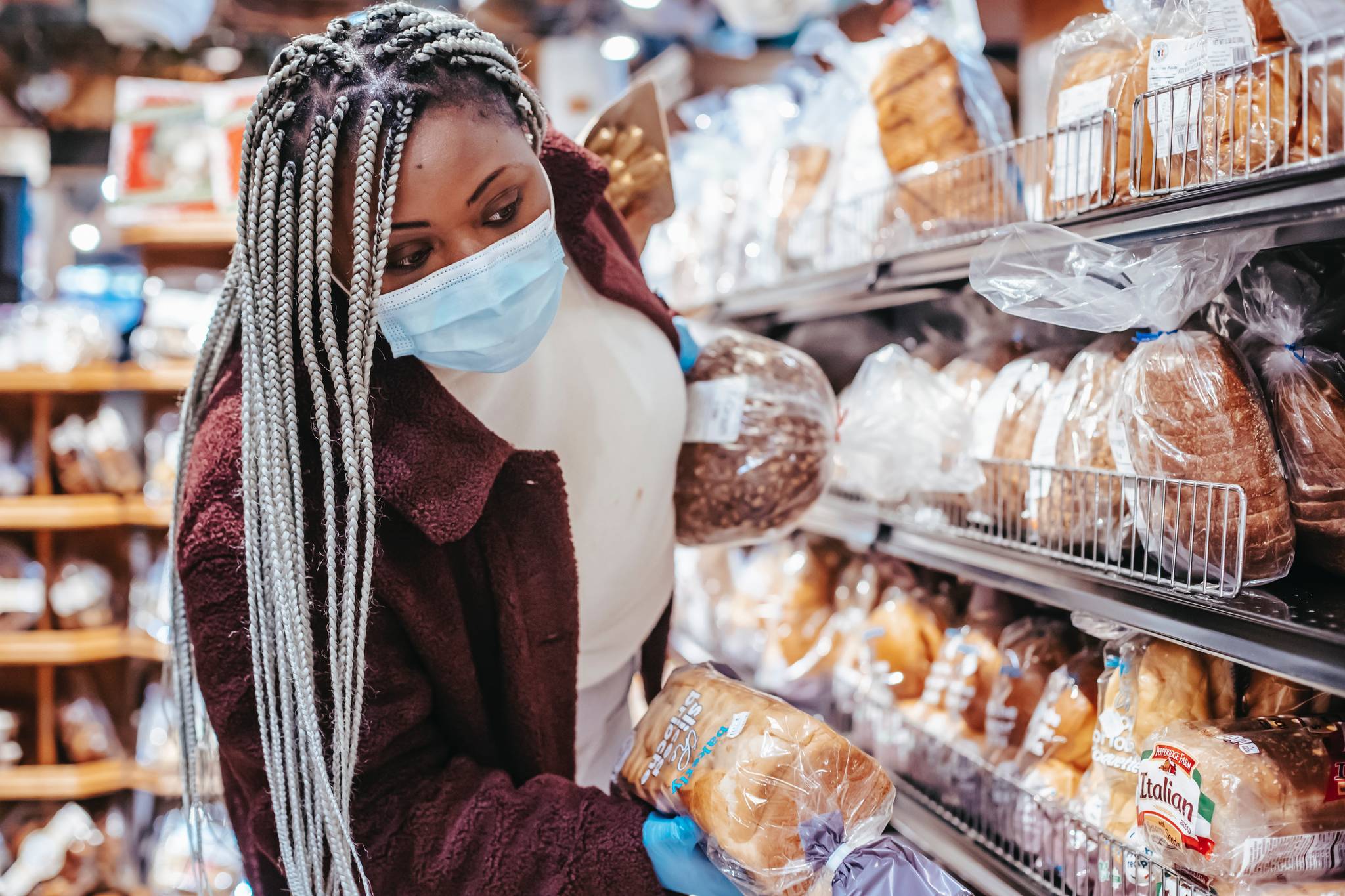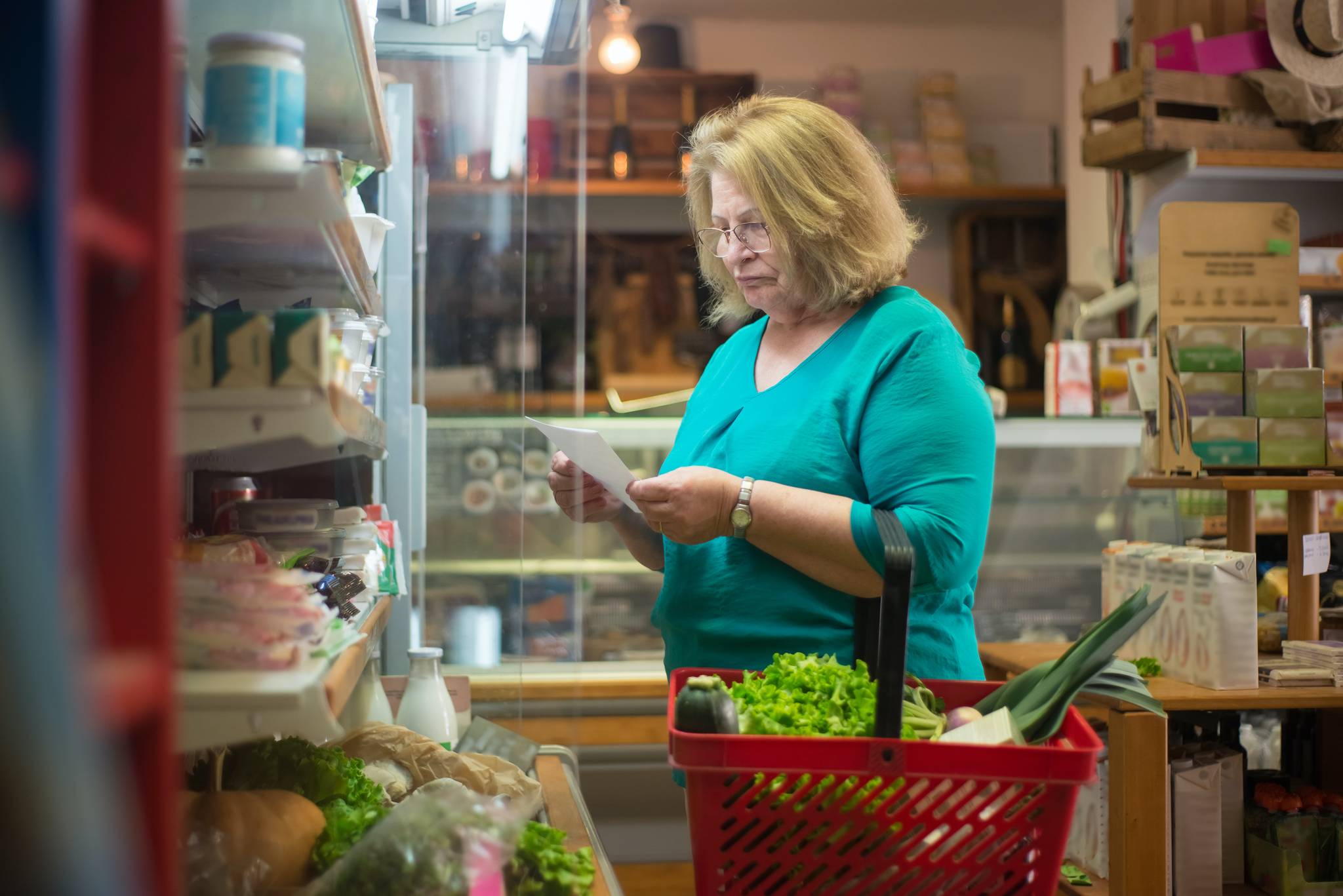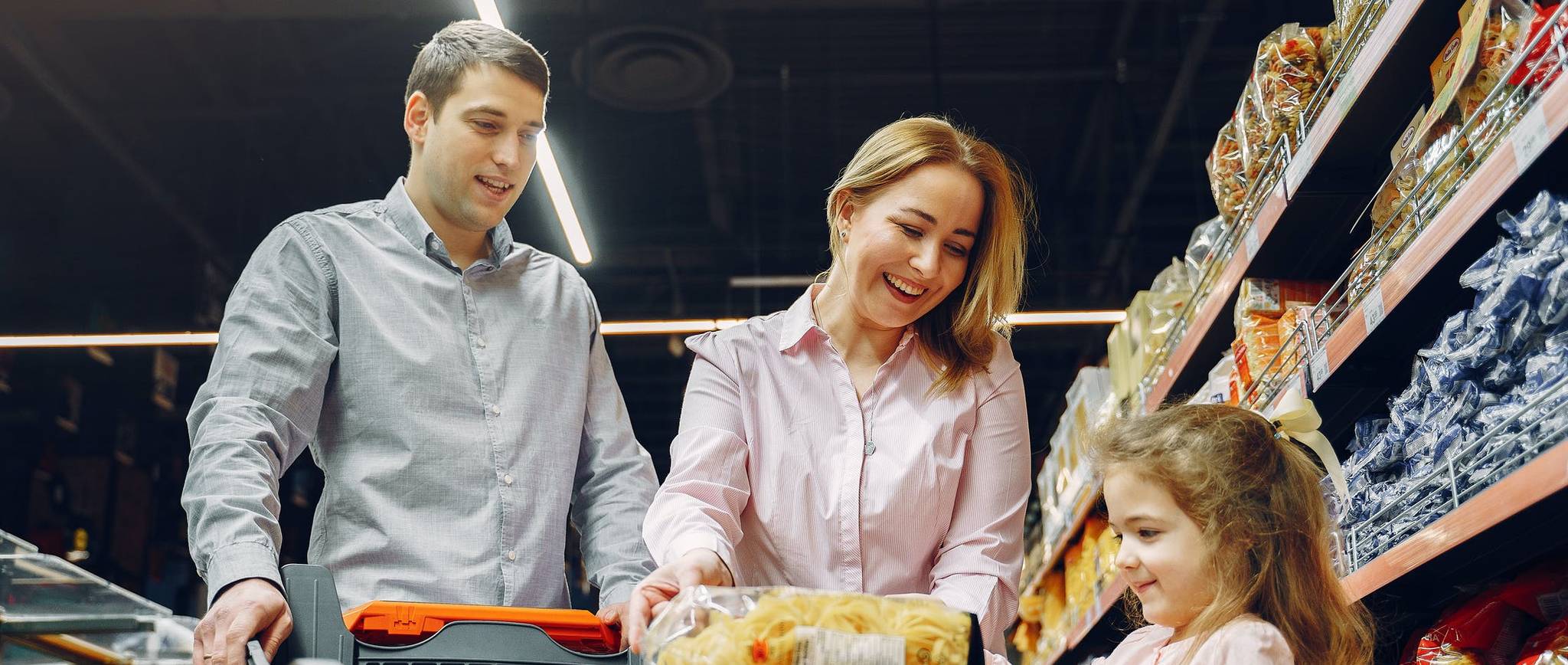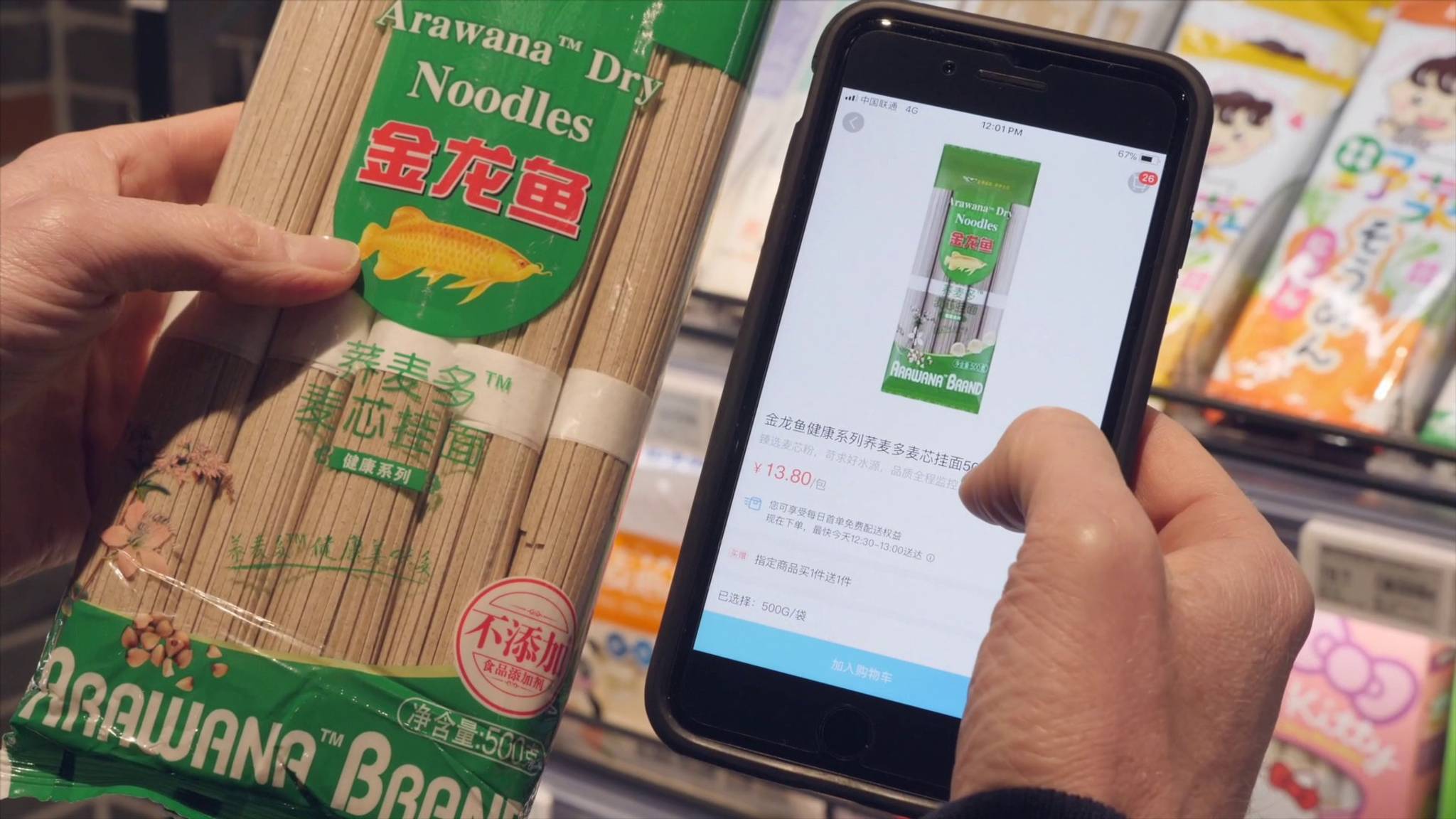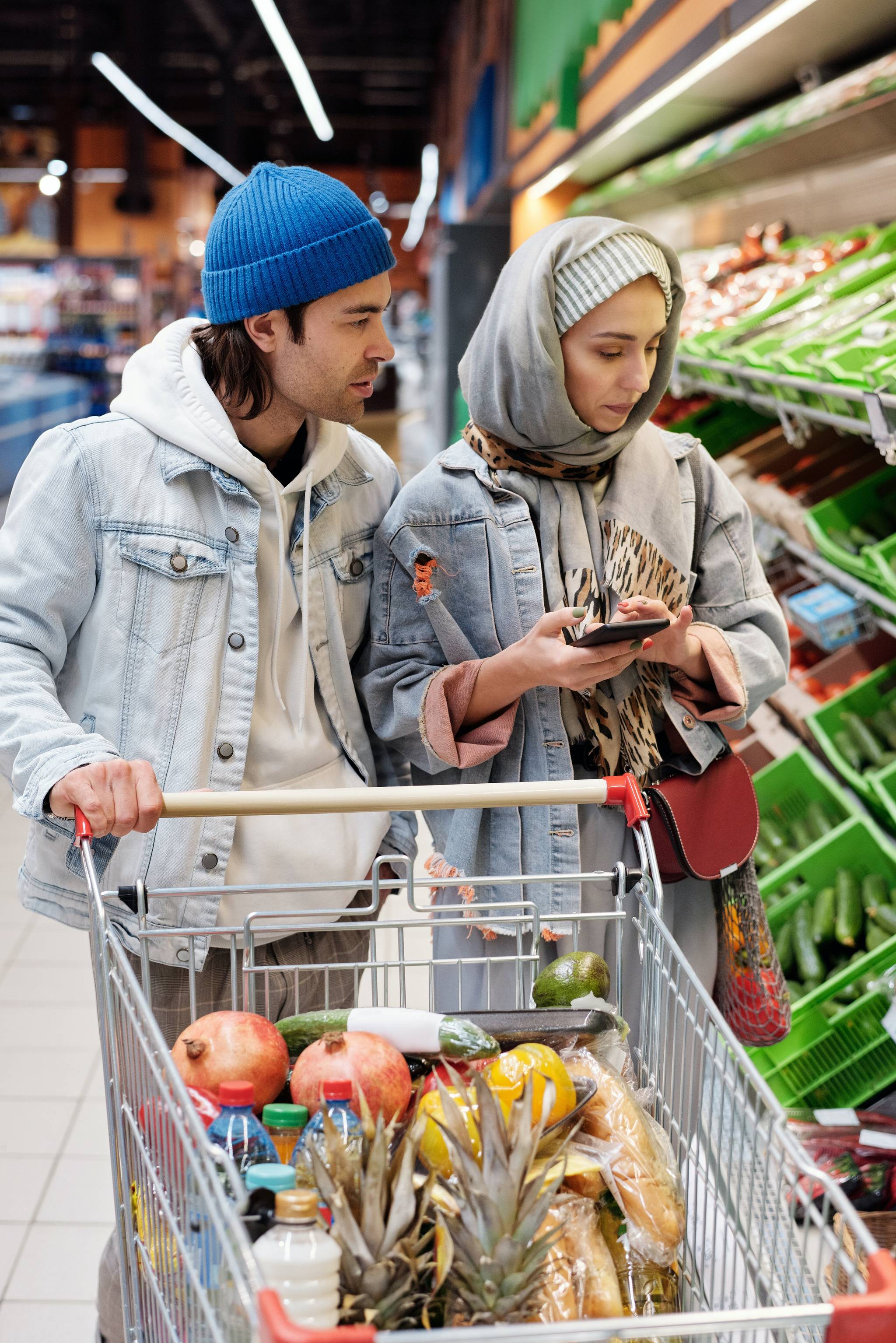
As people try to cope with tightening household budgets, many online grocery shoppers are using buy now pay later (BNPL) systems to manage expenses in a more flexible way. With consumers taking advantage of special deals and promotions, providing lasting value is key to keeping them engaged.
According to Adobe Analytics data, the percentage of online grocery transactions using buy now pay later schemes grew by 40% during the first two months of 2023 with online grocery sales rising by 26.7% in February year-over-year. Curbside pickup grocery orders are also proving popular with 8% more accounted for in January and February 2023 compared to the same period in 2022.
A survey of 4,000 consumers in the US, UK and Australia found that 61% of 26-50-year-olds had changed their household budgets due to the unstable current economic climate, while roughly half of 18-25-year-olds and 51-64-year-olds said the same. In the UK almost a third of Britons are reducing their spending on groceries with 52% looking for better deals and offers, and in the US 72% of adults surveyed said that they were purchasing fewer items due to grocery inflation.
With consumers altering their grocery shopping habits due to the cost of living crisis and increased prices that are a result of inflation, many are becoming more creative when findings solutions to help them manage their grocery bills. Along with BNPL schemes discount dollar stores have emerged as a solution to cut bills, and providing additional brand value through special offers and reward systems is what’s keeping consumers coming back for more.
